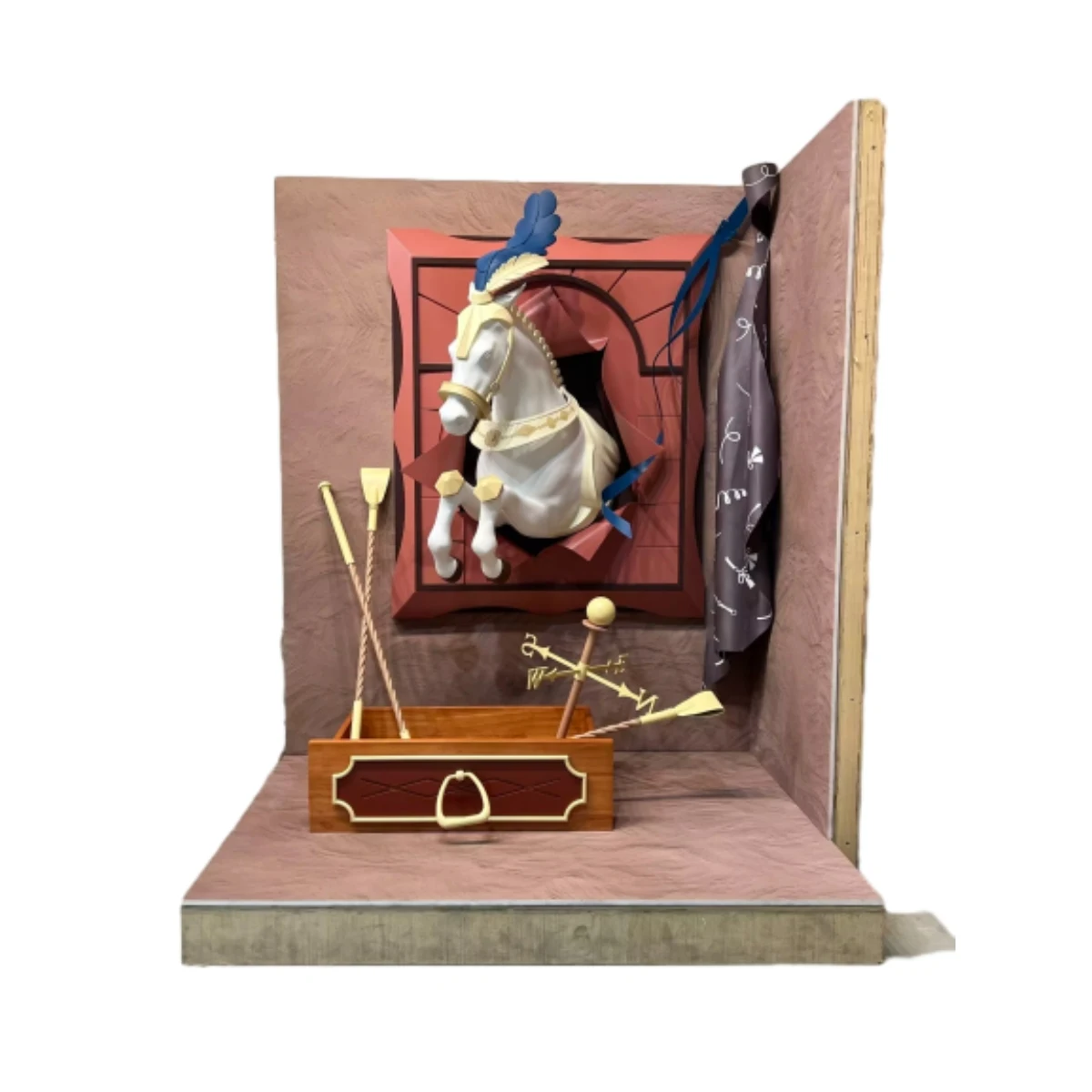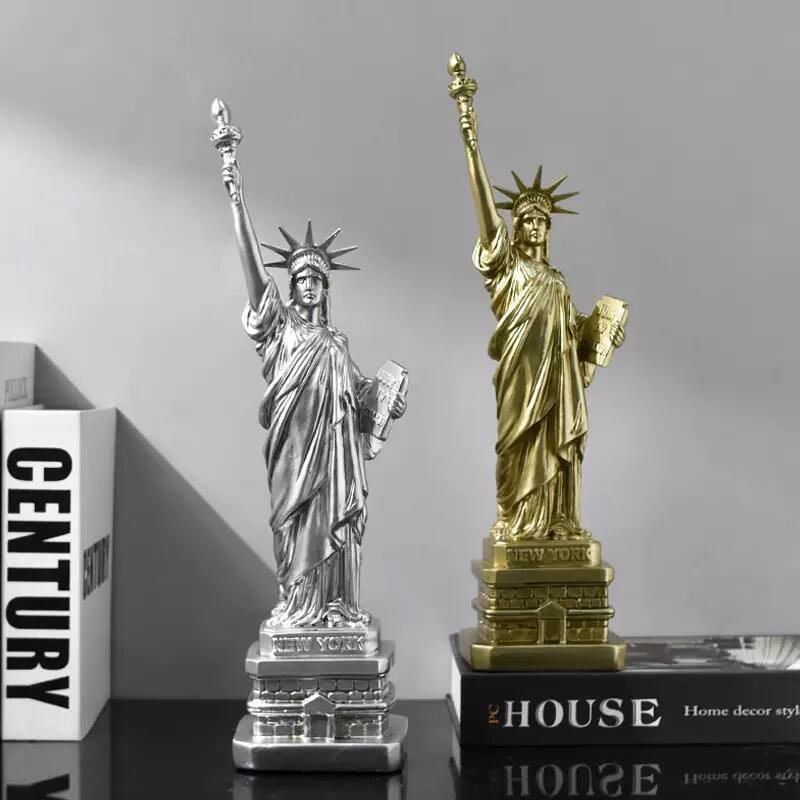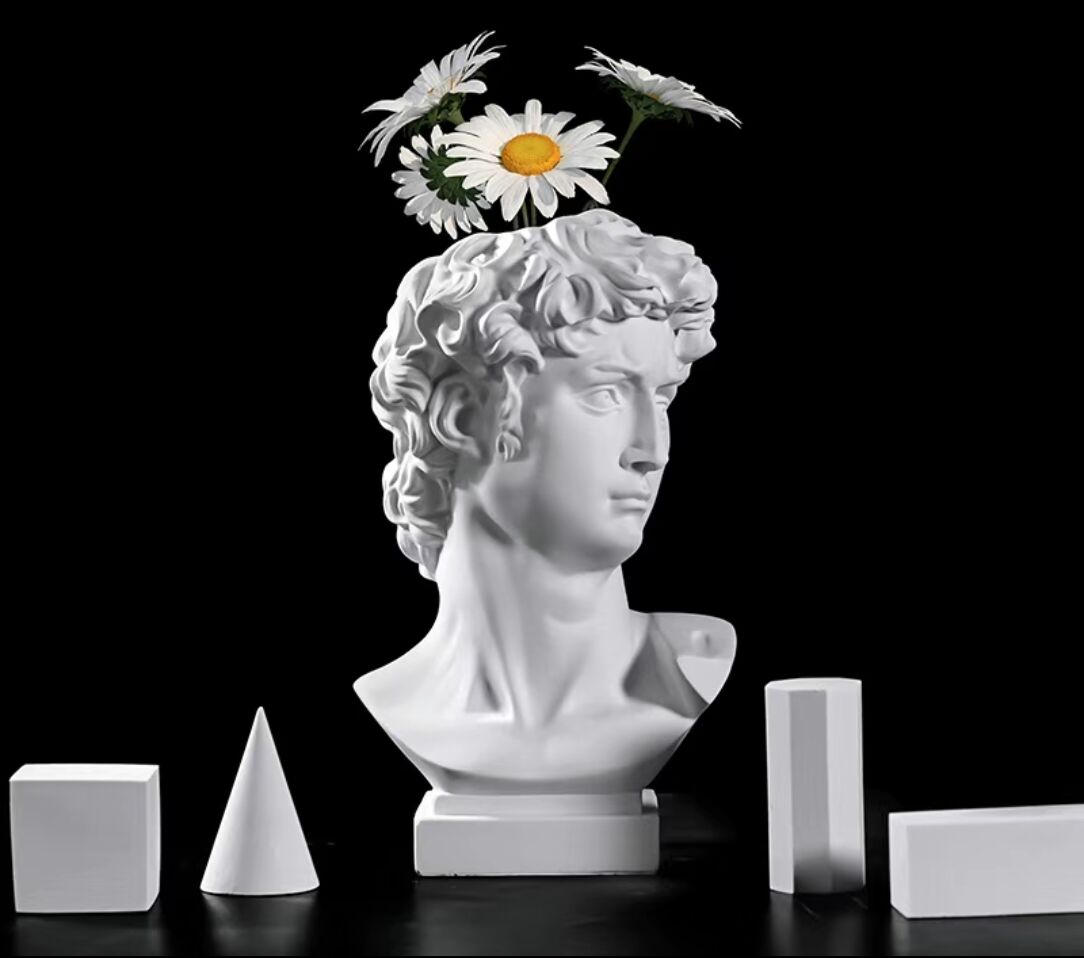modern sculpture art
Modern sculpture art represents a revolutionary transformation in three-dimensional artistic expression, combining traditional craftsmanship with contemporary materials and techniques. This art form has evolved beyond classical representations to embrace abstract concepts, innovative materials, and interactive elements. Modern sculptors utilize diverse materials including metals, polymers, recycled materials, and digital technologies to create works that challenge conventional perspectives. The integration of technology has introduced kinetic elements, light installations, and even augmented reality components, making sculptures more engaging and interactive. These works often serve multiple functions, from purely aesthetic installations to functional art pieces that integrate with architectural spaces. Contemporary sculptors frequently address social issues, environmental concerns, and cultural narratives through their work, making modern sculpture a powerful medium for commentary and expression. The scale of modern sculptures varies dramatically, from intimate pieces suitable for home display to monumental public installations that transform urban landscapes. Advanced fabrication techniques, including 3D printing and computer-aided design, have expanded the possibilities for complex forms and precise execution, while sustainable practices have become increasingly central to the creation process.











